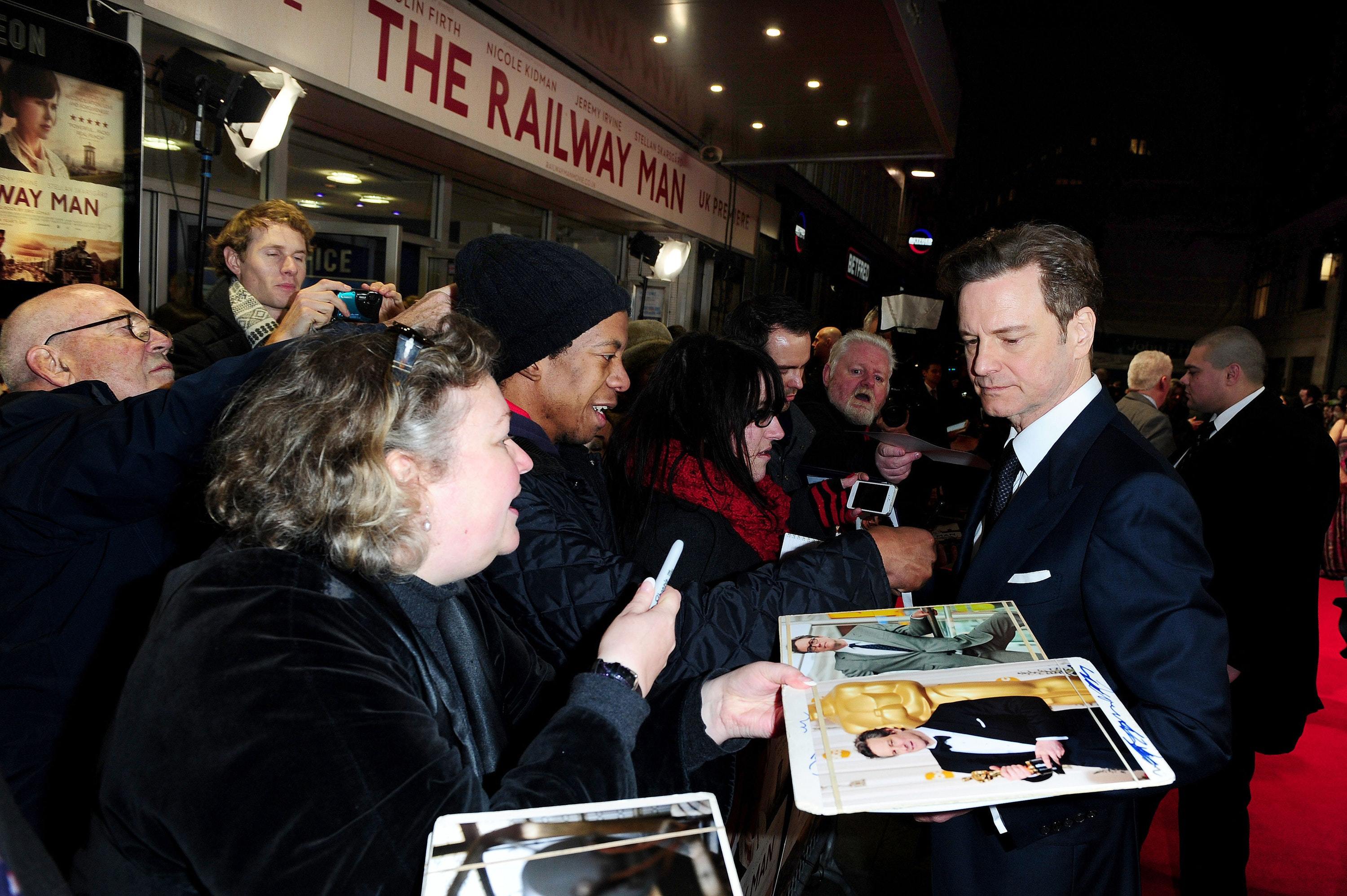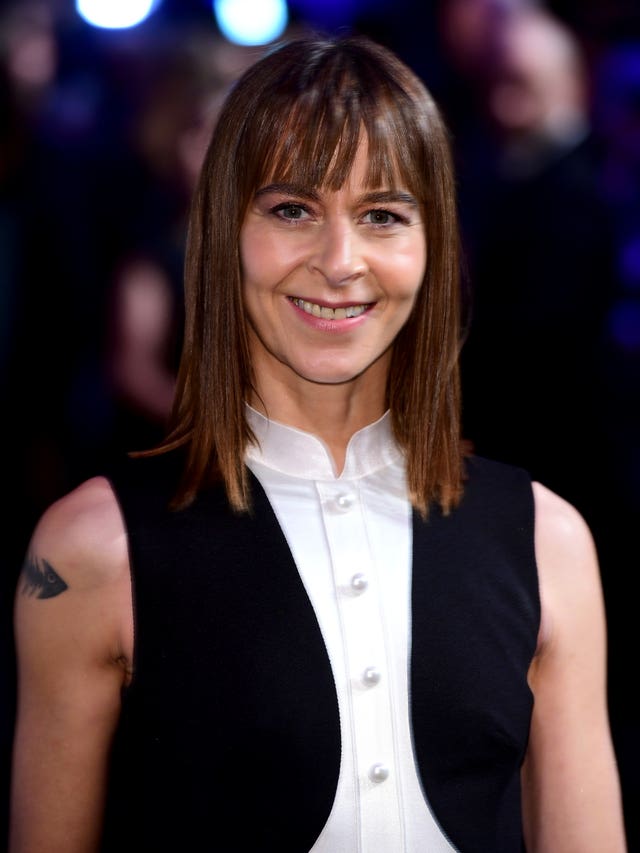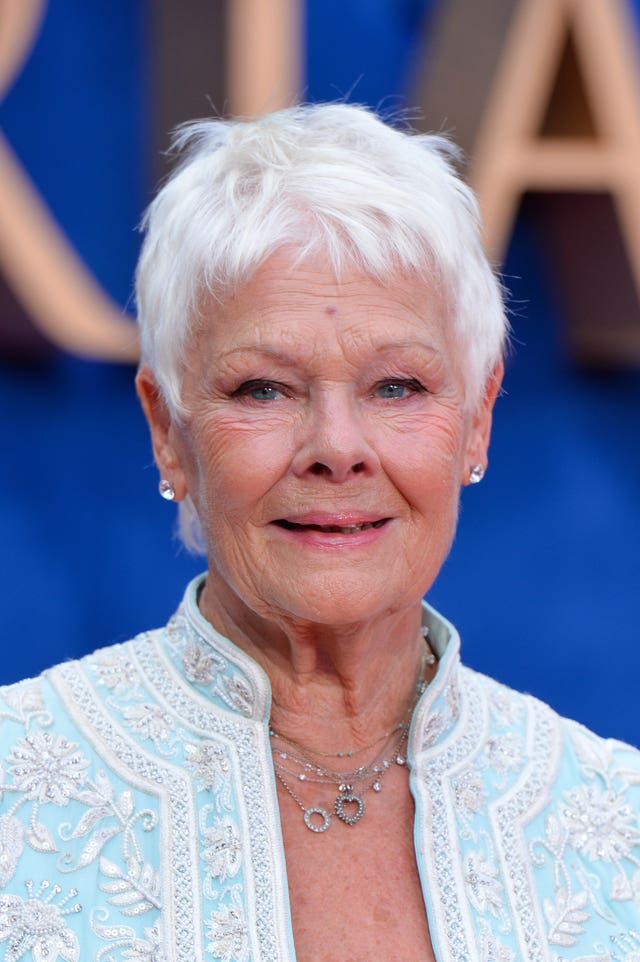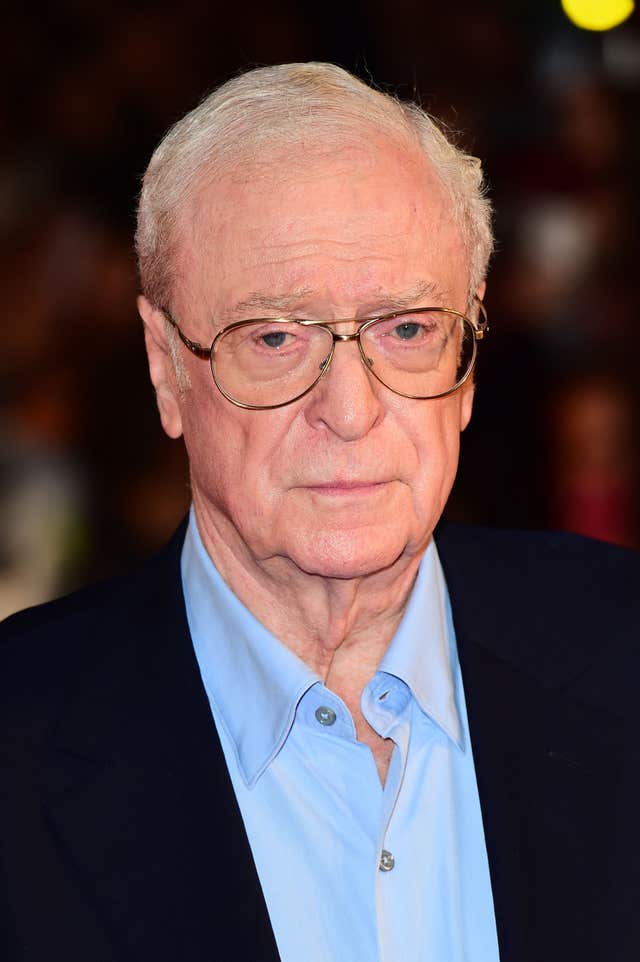
MAN is the most common word in British film titles, new research has revealed.
The British Film Institute (BFI) has compiled an archive of 10,000 UK films, from the first released in cinemas in 1911 to the present day.
It found that 221 films have man in the title, with everything from The Man Who Had Power Over Women (1970), The Straw Man (1953), Man About Dog (2004) and The Railway Man (2014), starring Colin Firth.
Only 71 films have woman in the title, including A Woman Of No Importance (1921), The Invisible Woman (2014) and The Impossible Woman (1920).
Women are also more likely than men to be cast as sex workers, housekeepers, nurses and receptionists, the research found.
And the percentage of women cast in UK films has remained unchanged in over 100 years at around 31%, which is lower than the general population.
In 1913, 31% of all the cast in 51 films were female, while of the films made in 2017 so far, the percentage of women cast so far is 31%.
BFI creative director Heather Stewart said the list of films with woman in the title also included Woman In A Green Dress, Woman In Black and Woman In A Dressing Gown.
“Let’s hope that when we look back (in future) at the most common word in a film title, it isn’t ‘man’ with ‘women’ consigned to film titles that speak more about their wardrobe than anything else,” she said.
Today we announce the launch of #BFIFilmography. The complete picture of UK feature film at your fingertips: https://t.co/k46vrxxKbO pic.twitter.com/C3HGluoPkK
— BFI (@BFI) September 20, 2017
“If there are more women writers, directors and producers then we are likely to see a change in the stories being told.”
Research confirmed that women tend to have shorter careers and on average make fewer films than male actors
But a woman is the most featured character – Queen Victoria appears in 25 films.
She is followed by two men, Sherlock Holmes (24 films) and James Bond (21).
Women are less likely than men to play a police inspector or taxi driver when the gender or name is unspecified.
With the release of new film Victoria & Abdul, Dame Judi Dench is the most prolific working actress, appearing in 41 British titles, and eclipsing Dame Maggie Smith, who has 40 to her name.
Sir Michael Caine is the most prolific actor working today.
Only 4.5% of all UK films are directed by women, the most prolific female director being Muriel Box, known for Rattle Of A Simple Man and The Piper’s Tune.
Kate Dickie, a Scottish actress known for Red Road, is the most credited film actress of the current decade, followed by Doctor Who’s Jodie Whittaker.
Less than 1% of films have a majority female crew, although the gender balance has improved over the years, the BFI said.

Enjoy the convenience of having The Sunday Post delivered as a digital ePaper straight to your smartphone, tablet or computer.
Subscribe for only £5.49 a month and enjoy all the benefits of the printed paper as a digital replica.
Subscribe

